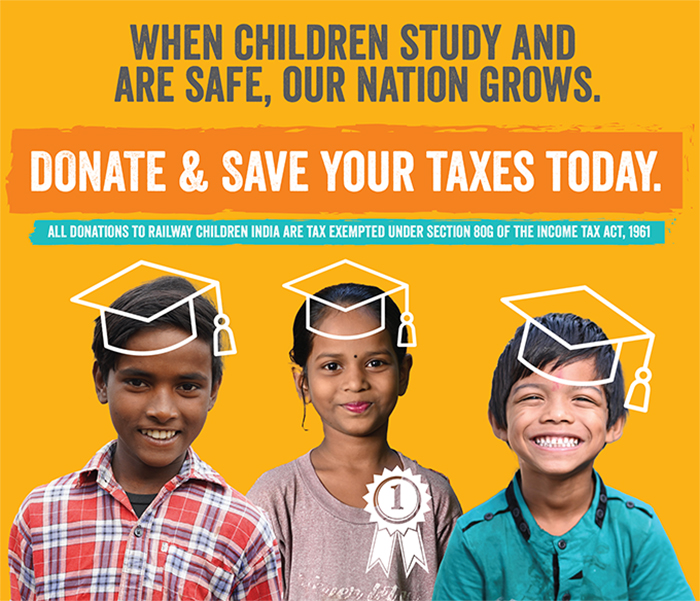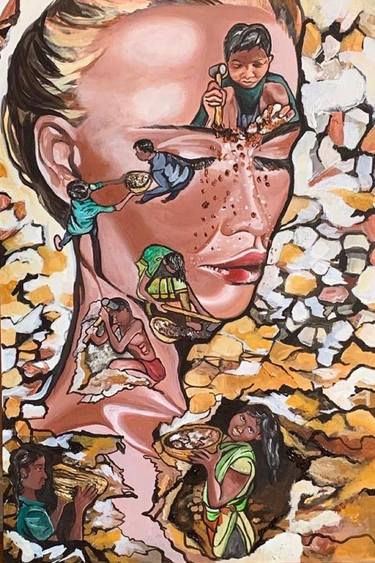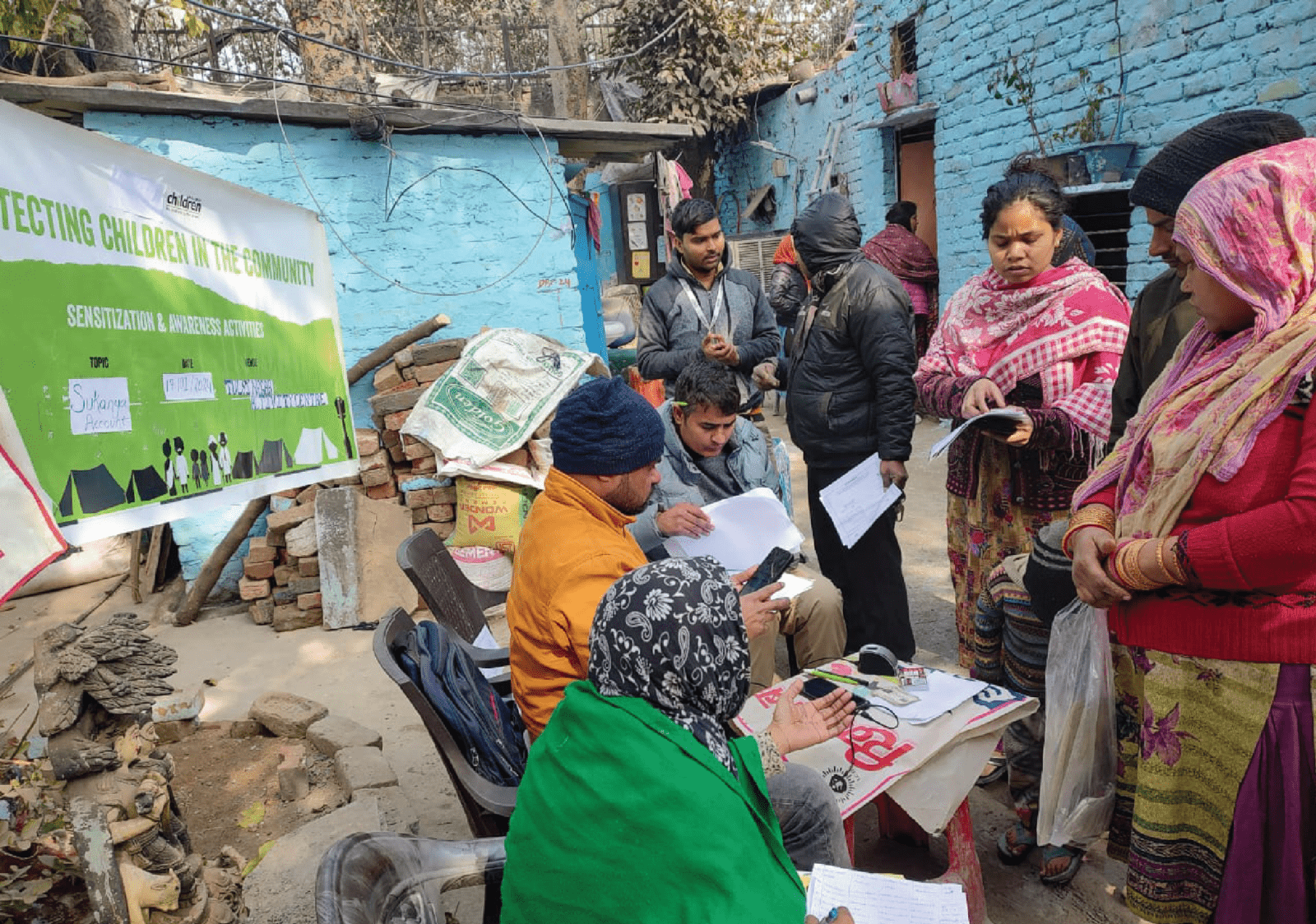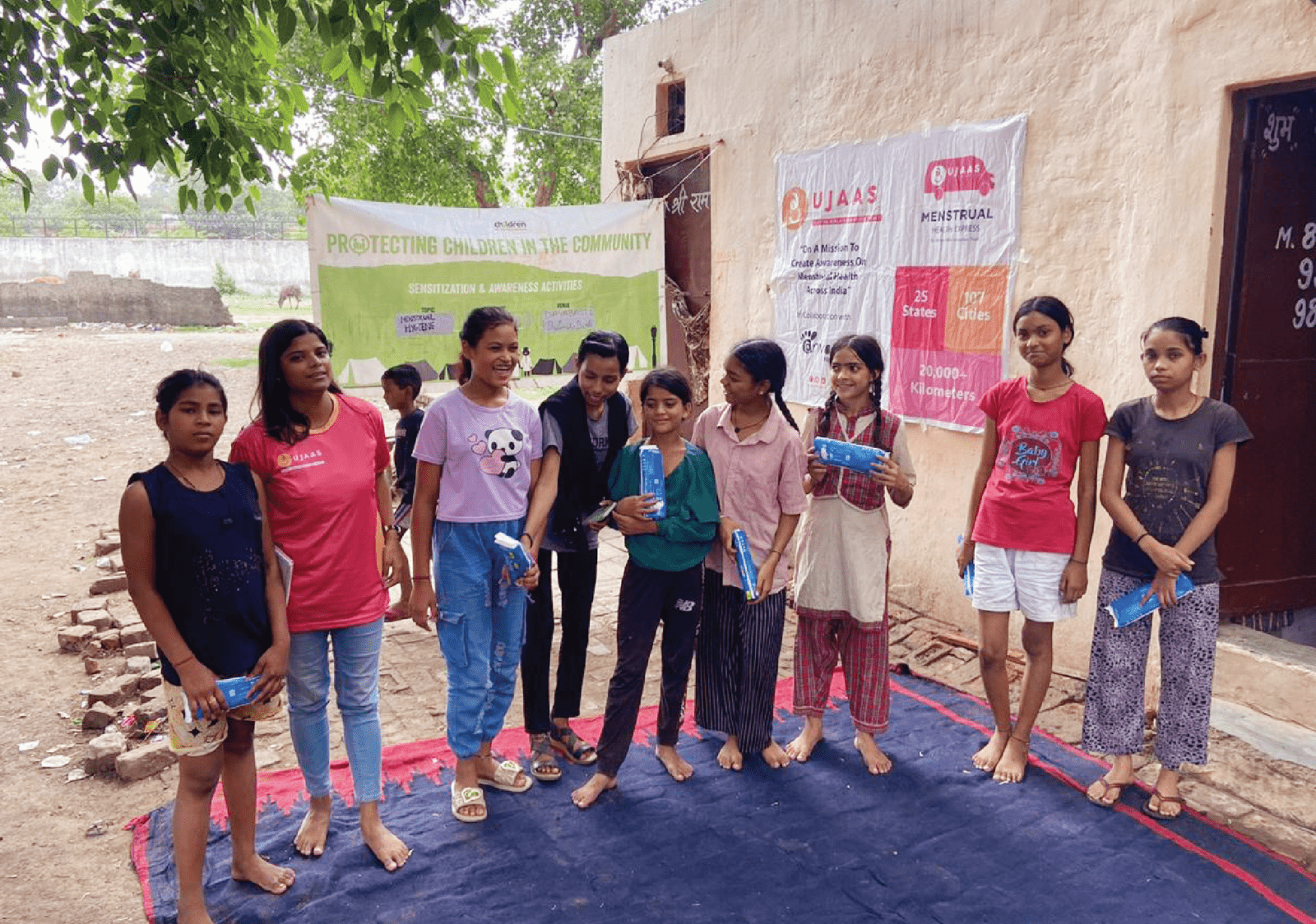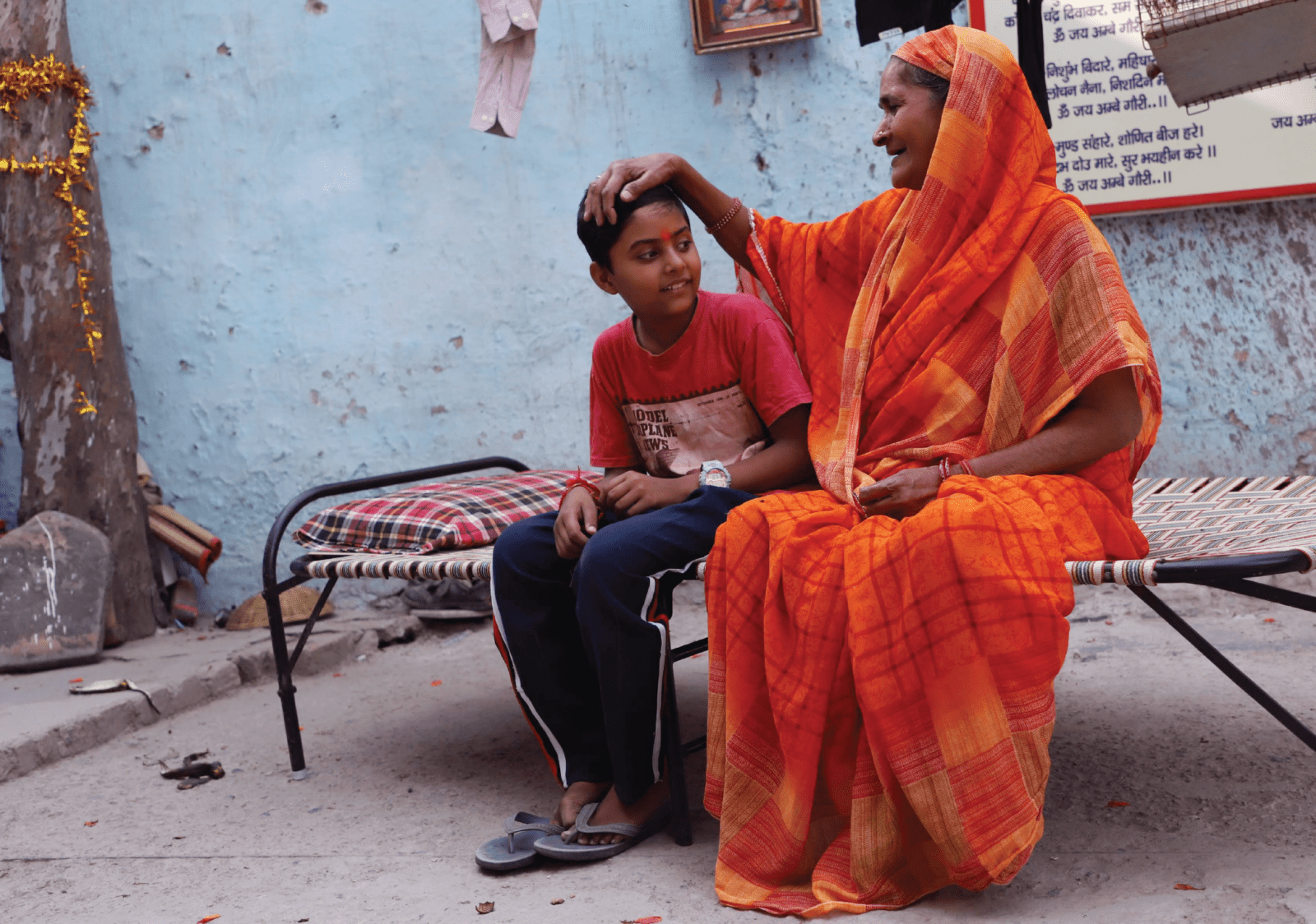Saatchi Art
Child labour is a global issue of concern, which enslaves millions of children worldwide. Behind closed doors and concealed supply chains, the small hands of children toil in hazardous conditions, when they should be grasping pencils or playing with their peers. Despite the subject undergoing stringent scrutiny by policymakers and child rights activists, child labour remains a topic shrouded in grey, with conflicting perspectives from parents, children, employers and government officials all flooding in the picture.
Today, we present these varied perspectives to you, the reader, and allow you to make an informed decision on the many voices we hear about child labour.
The child: Radha is a teenager who looks at the daughter of her madam and thinks, “If my parents sent me to school the way madam sent her daughter, I too would be studying science, going out with friends and leading a life I deserved.”
Without a doubt, child labour is the most unfair deal for young children. Robbing them of their childhood, this heinous practice renders them under confident, under skilled and unprepared for life.
The parent: While Radha works in the city, her mother stays in their hometown, far away in the interiors. On a scorching day, with no electricity and water, Radha’s mother is forced to think about her only daughter “My daughter is at least living in an air-conditioned home. I know they make her work very hard, but that is somewhat better than the trying time we find ourselves in here.”
Once upon a time, Radha’s mother too was sent to work in the brick kilns when she was only a young girl of eight. The cycle of poverty continued without her knowing much. Today, the cycle has Radha in its clutches, away from a normal life and in the throes of child labour. However, from her mother’s perspective it is only expected of a child to fulfil their duties. Securing a formal education remains a challenge for her community, why then won’t it be better to allow Radha to continue work?
The employer: Seeing Radha lost deep in her thoughts, Neha yelled at her, “Stop day dreaming and get back to work, Radha. There’s a pile of dishes waiting for you.”
For Neha, employing young Radha’s services was an inexpensive deal that profited. When given the option between employing an older woman who would charge three times that of Radha’s salary, and a young, obedient girl who would not make any of the demands made by other house helps, selecting Radha was a no-brainer.
The 12-year-old by employed at her husband’s factory only strengthened her decision to hire Radha. Radha’s parents receive the money that they need to pay of their debt, and in exchange, Neha saves money on hiring an older house help.
The socially responsible neighbour: Having witnessed the inhumane hours that Radha worked for Neha, her neighbour decided to dial 1098 to rescue Radha. She thought to herself “In the age when Radha should be in a school studying, playing, growing and learning, she’s forced to toil and work hard in someone’s household! I understand her parents must be under tremendous pressure to have to send her away, but her childhood does not deserve to be snatched away from her this way.”
Numerous good Samaritans among us do their best to secure a way out for children engaged in child labour. However, they’re posed with the question, would it be better to stay out of the situation. Sure, protecting children from hazardous workplaces is the right thing to do, but what if the child is willing to work because that is what will help their family in the present day?
The government official: After the people from an NGO came and rescued Radha from her home, a government official met with Neha’s neighbour regarding the case. He lauded her move to rescue and protect the child. He went on to elaborate on the laws and punishments around child labour. However, when asked about the impact of these punishments as deterrents for employers, the official replied saying “people caught breaking the laws are punished and our statistics show that these laws are working as well; however, given the limitations in manpower and the nature and intensity of other crimes, we must admit our sources are divided.”
While employing children under the age of 14 is punishable as per the law, but as per the revised law, children under 14 can work in non-hazardous family enterprises. Employers and families under duress often misuse this loophole to employ children.
At Railway Children India, we have zero tolerance for child labour. As a child rights organization, we believe children should be in school, learning and thriving and not going to work. Our programmes are designed around ensuring families have the knowledge and support needed to ensure they don’t push their children to work, and children have the access to learning environments.
Each of these varied perspectives is a dialogue starter. Which perspective do you resonate with the most?


